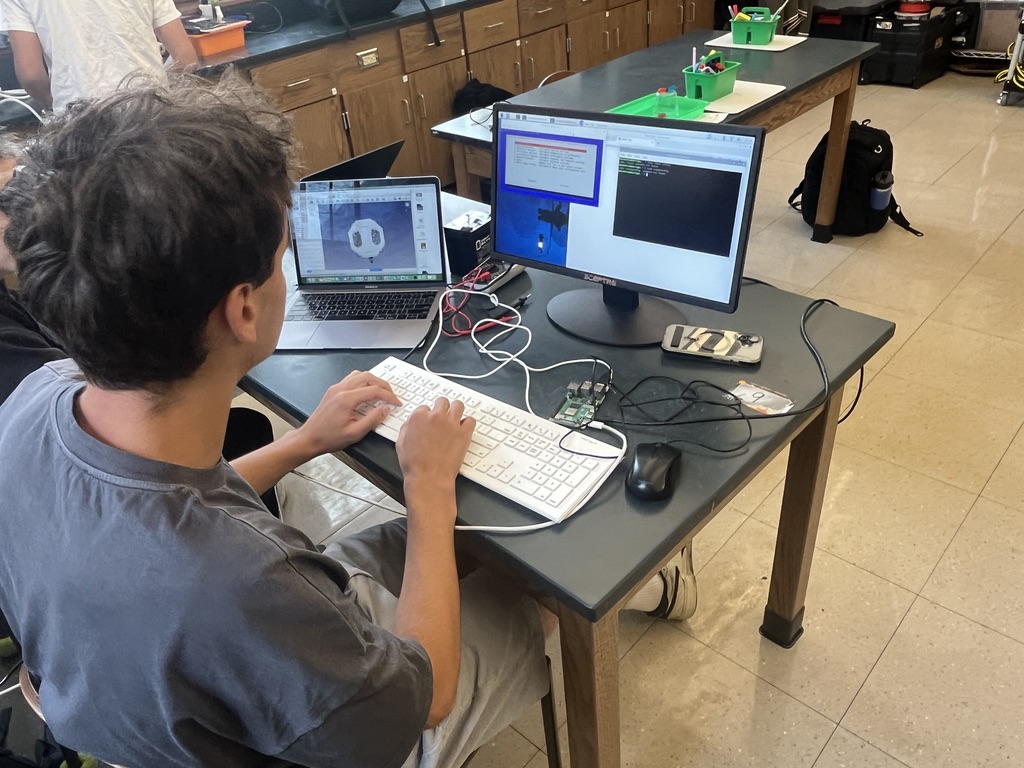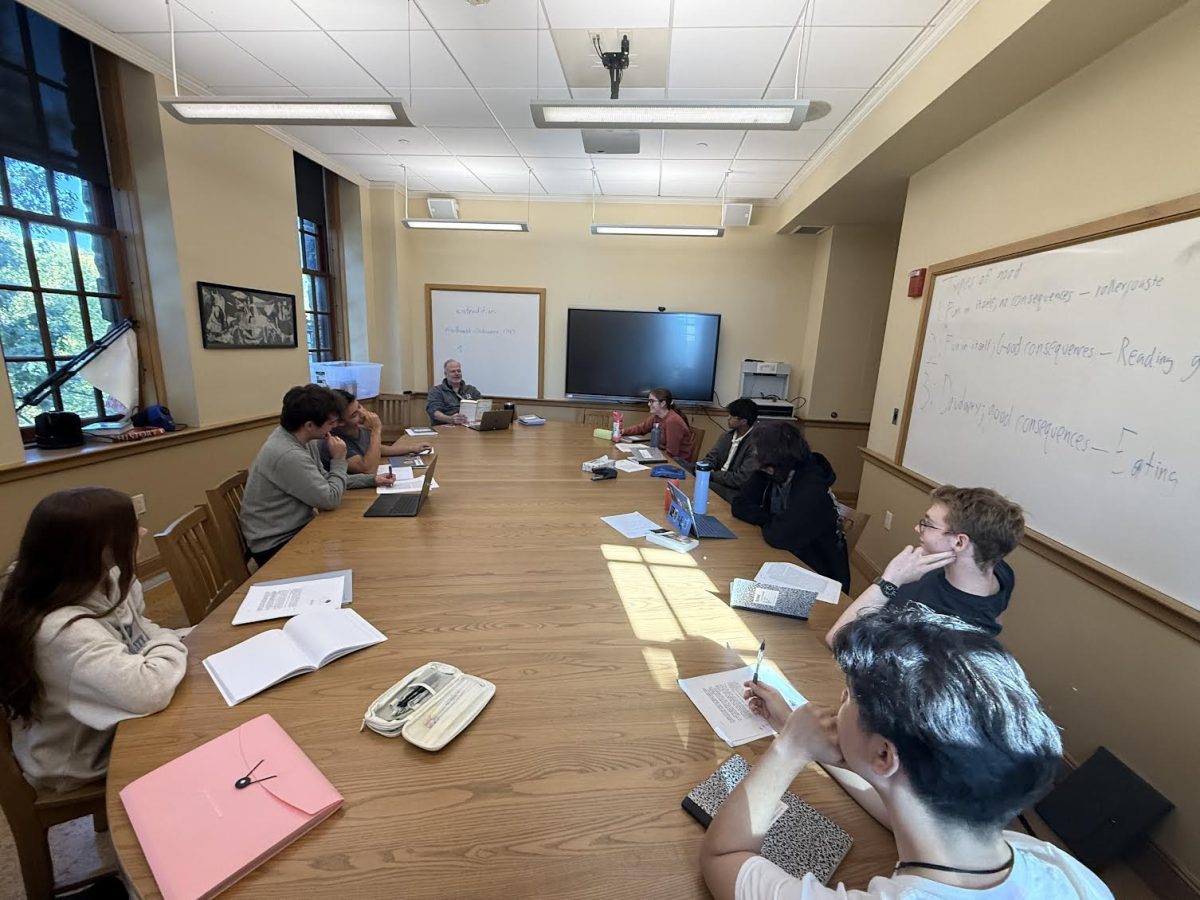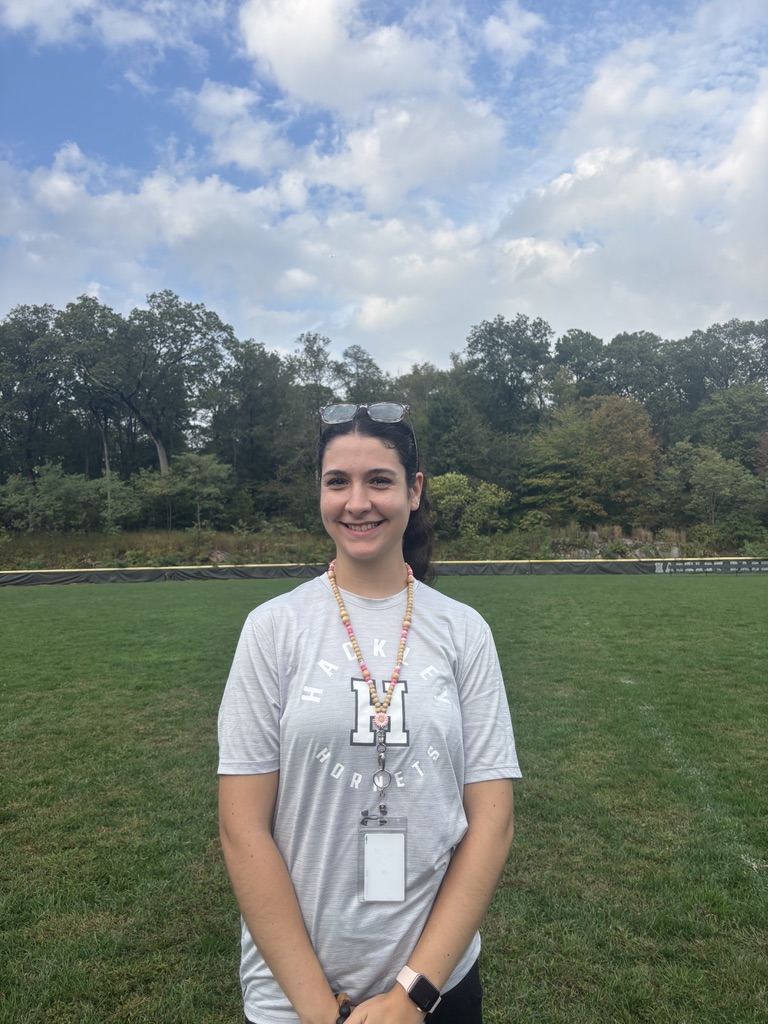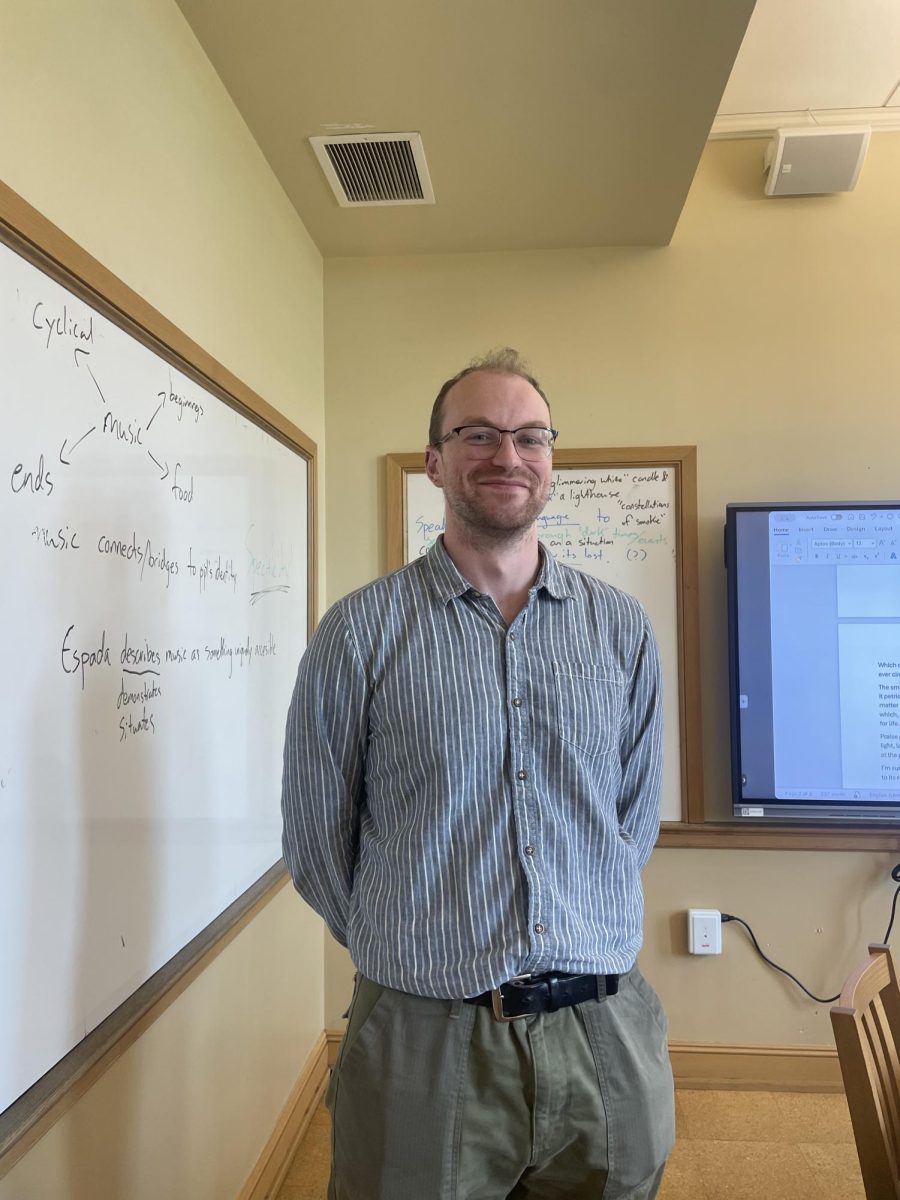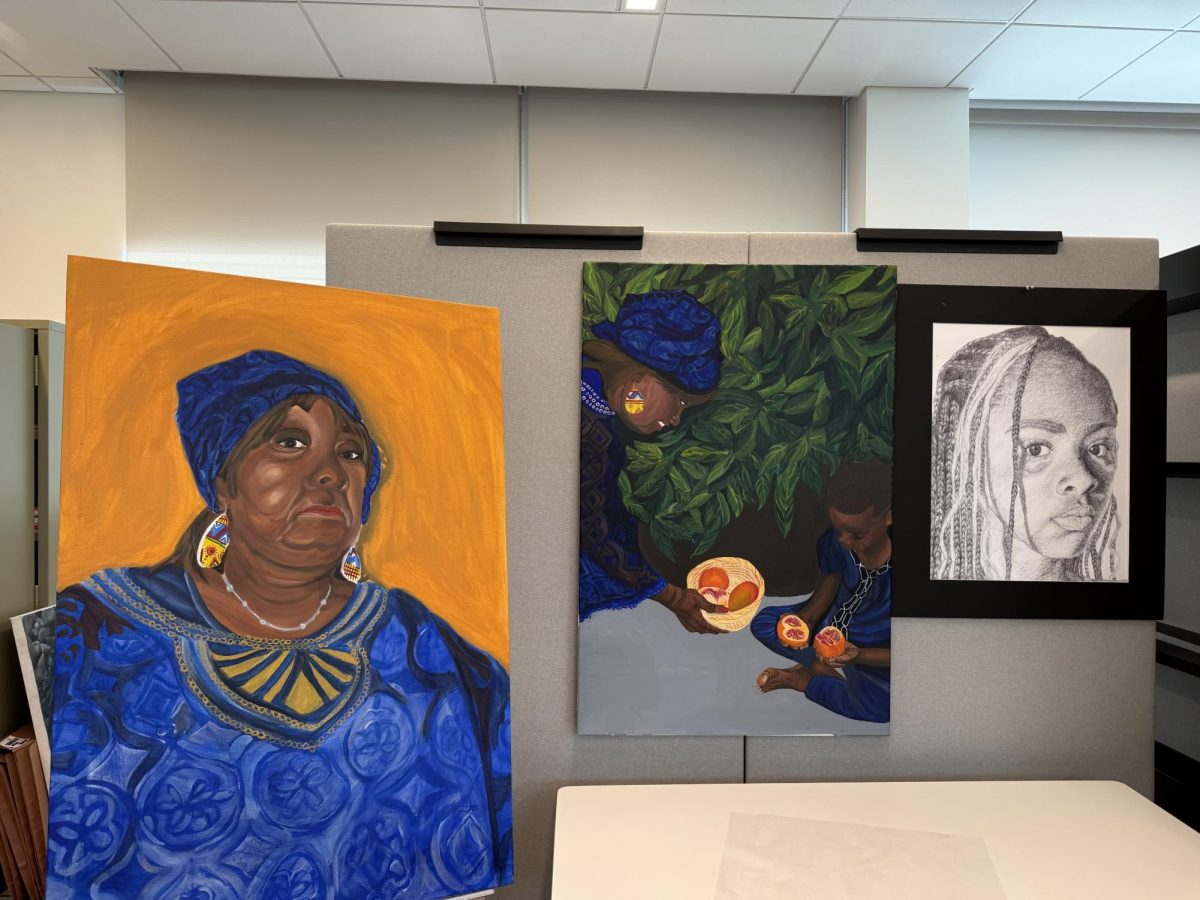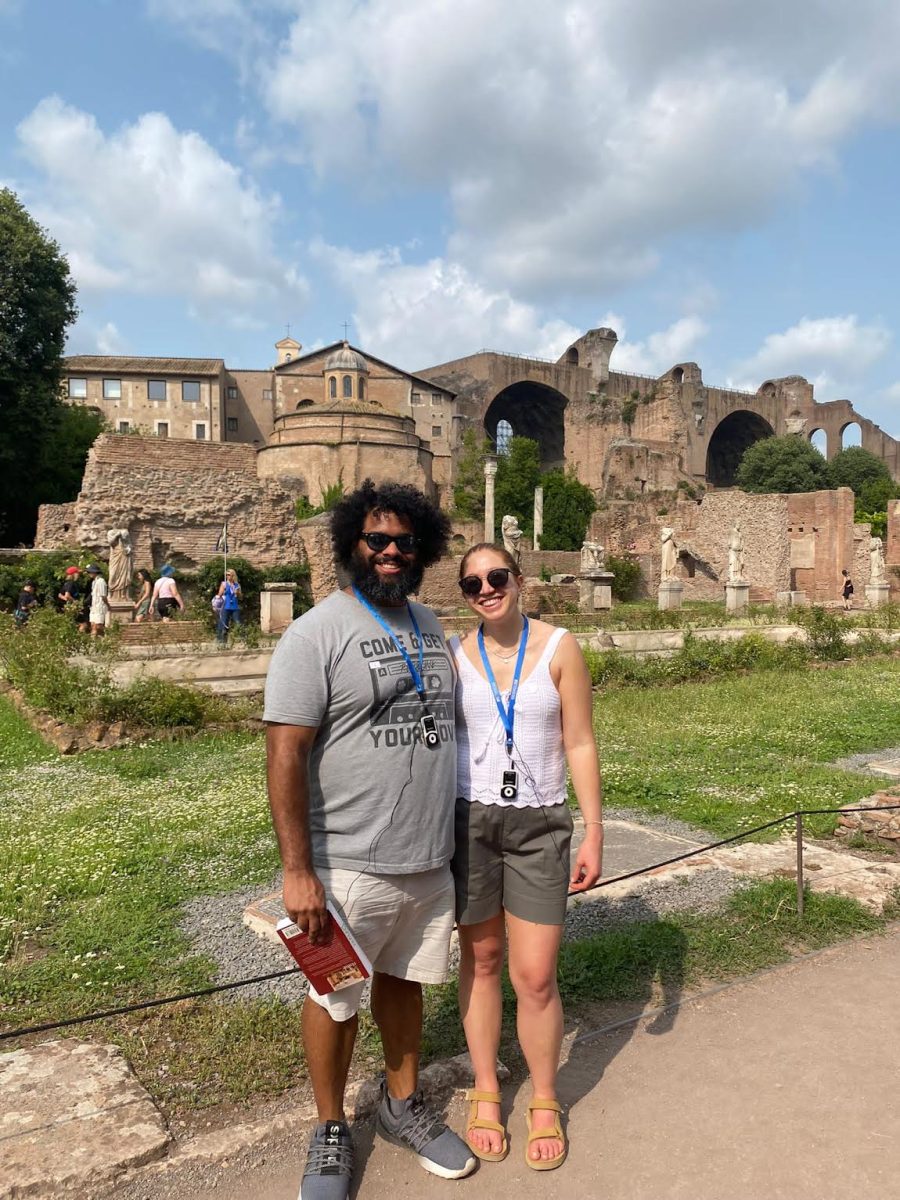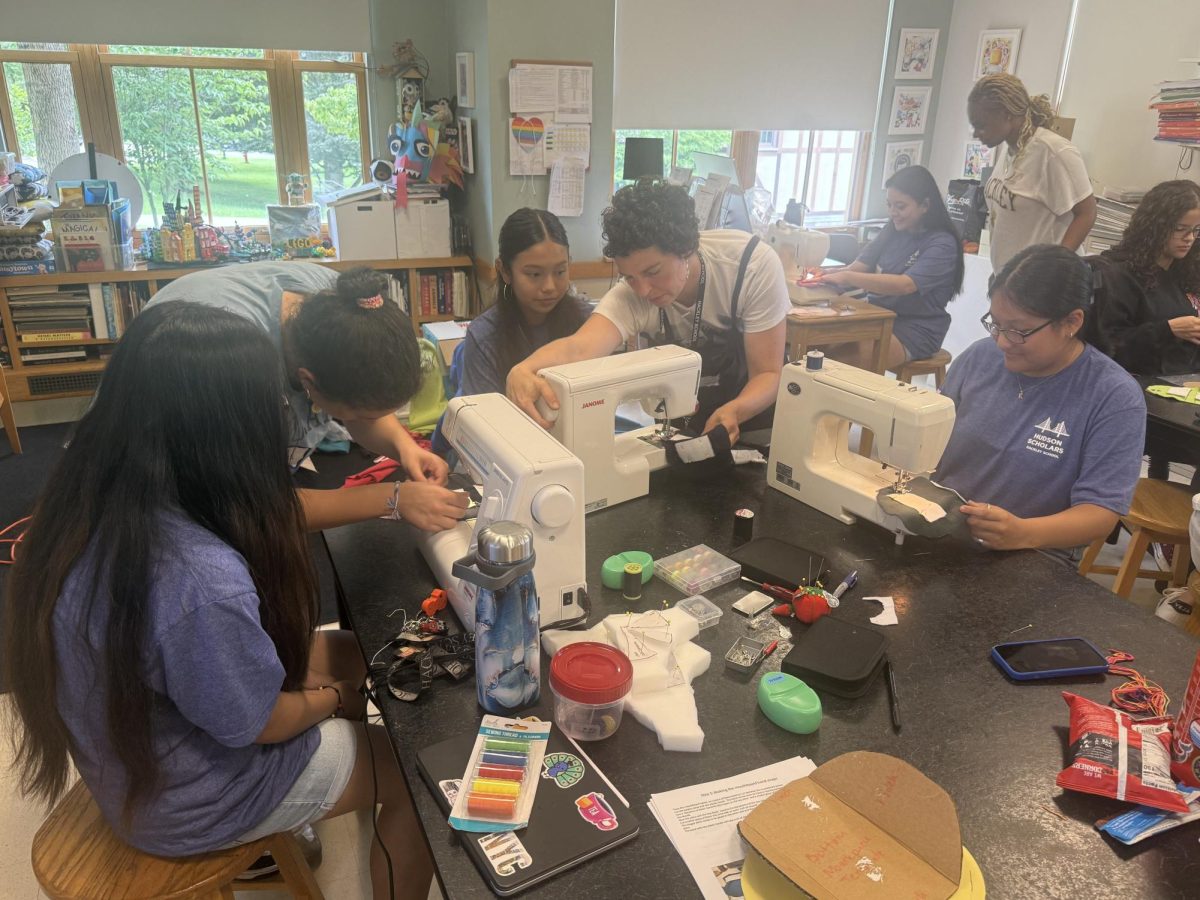Hackley shines on the field, on stage, and in the classroom. Yet one of Hackley’s most successful “teams” often goes under the radar. The Robotics Remotely Operated Vehicle (ROV) team is a hidden gem, led by a talented and hardworking group of engineers, that has won an array of trophies and consistently appeared in world championships.
Origins:
The Hackley ROV program dates back to a 2015 club for middle schoolers; however, when students tried to bring the club to the upper school, it didn’t work, and they had to adapt.
The solution was to create an independent study group that grew so large that it became a class. In the first year of the class, students learn foundational skills, and each subsequent year, they build upon these skills.
For Science Department Chair Melissa Boveiro, who is the teacher in charge of the program, her role is different from that of a regular teacher.
The goal of the class is to “learn the engineering process, mechanical skills, tool use, programming, and more,” said Mrs. Boviero. “But students are each other’s teachers.”
Students come in with skills and share them with others to increase the class’s shared knowledge. Older students, like senior Mateo Arencibia, spend much of their time teaching the younger ones skills like programming and Product Design. Younger students, too, come in with their own skills. Sophomore Edmund Rose joined the class last year with a strong background in fabrication and 3D printing, which made him incredibly valuable to the team.
“We made it to the World Championships in Colorado three years ago and have gone every year since. I think this success comes purely from students mentoring and helping each other,” said Mrs. Boviero.
Student-Driven Dynamic:
In practice, the class is more of a collaborative, student-driven engineering workshop. The work and curriculum are meant to prepare the class for the Marine Advanced Technology Education (MATE) competition, in which ROVs mimic real-life underwater tasks like search and rescue or salvage.
The class breaks down into various groups, each led by returning students, to tackle different parts of the competition. There’s a frame team designing the ROV, a 3D design team making tools, a programming team getting the tools to work, and two float teams working on the tricky task of autonomous movement in the water.
Mateo Arencibia serves as the lead engineer of the team. As a senior who has been in the program for four years, he has a lot of experience and wisdom to share with newer members.
Mateo didn’t originally plan to take the class, but a few days before freshman year, he “read the course catalog” and became inspired to “send an email and join the class.”
Having friends in the class and having an interest in engineering made this a “fantastic decision” that “became the hallmark of my engineering experience in high school,” Mateo said.
As a sophomore, he followed the instructions of Sam Nadol and Travis Knaggs. He also learned how to design CAD motor mounts and do basic fabrication with 3D printing and laser cutters. Now, as a senior, he’s the one mentoring teammates.
All you need “is a passion for engineering and a willingness to learn,” Mateo said. “Some of these skills are tough, like CAD, but mastering them can get you real jobs.”
This makes the class really open and accessible to any budding engineer.
Upper School Vice President Ace Perez agrees. He joined the class in his sophomore year with not much experience but plenty of confidence, which landed him the role of leading presentations at competitions.
Traveling and Competing as a Team:
For students, the regional and worldwide competitions are the ultimate test and highlight of the year. Hackley competed in regionals at Villanova earlier this year and won “Best Product Demo,” which qualified them for the World Championships in Michigan.
“It was amazing,” said Ace. “What made it amazing was the adventure of it all.”
He remembered a cramped four-hour bus ride with ten other teams, staying in college condos without parents, and having time to explore town and go on a boat tour.
“Competitions are really fun. It is wonderful to be surrounded by engineers,” Mateo said,
Mateo really takes pride in the team’s success last spring. In what was considered a rebuilding year, they were able to build “the best robot Hackley has ever made” and win multiple awards.
With a good base now, Ace looks forward to tailoring the ROV with specific gadgets to do things like make the claw rotate and get it to float.
“It’s not a class; it’s a team,” Mrs. Boviero said.
The ROV program is a place where students with shared interests in tinkering, engineering, and building work hard together, using specialized and dangerous tools, to achieve amazing results. The program shows how curiosity and passion are all that is needed for award-winning innovation.

